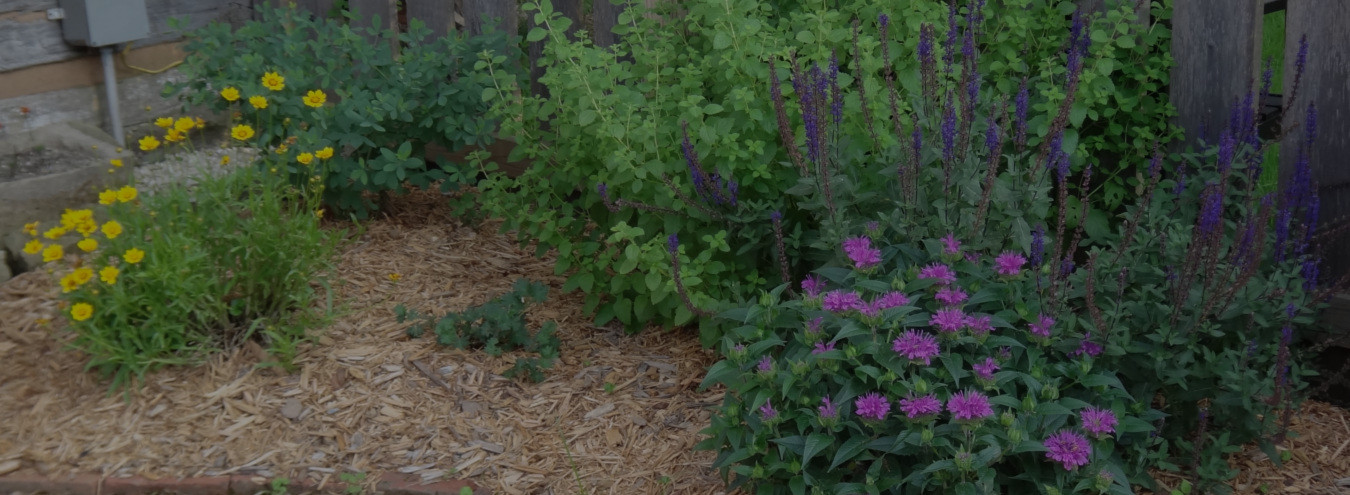WEAVERS ROOM
Name of Structure: The Weaving Room
Original Location: Lake Floyd – Harrison County
Donated By: Dr. Louis May
Erected By: Miller From
Original Sponsor: Title 10
Additional Sponsors: William and Mary Mutschelknaus, Mutchelknaus Oil and Gas
The Weaving Room was restored and re-opened in 2010. Currently, this building is being used as a temporary gift shop and visitor’s center until the new Visitors Center is finished.
Weaving was one of the more important tasks that had to be accomplished. Without a weaver, there would be no fabric to make clothing. Weaving was considered a man’s job and the weaver would travel from settlement to settlement with his loom in a wagon to weave the yarn into cloth.
The bigger loom in the Old Kitchen is one example of a barn loom. Today, there are very many styles and sizes of looms to accommodate our lifestyle, but they still do the same job they did many years ago. The loom can be considered a type of machine even though they are manually used and, if we think about the mills in New England for instance, we know that they can be run with a motor also.
The basis for weaving is very simplistic. The loom is warped and then the welt is passed through by use of a shuttle. The pattern can be very common, a simple tweed, or very ornate as evidenced in many coverlets.
Wool was used for the majority of the yarns spun by the women and often they used flax to make linen thread. Together, the wool and the linen made a very durable cloth called linsey-woolsey.
Currently this room is used as our gift shop which will be relocated to the Reynolds House once the construction is complete and then it will be set back up as a room for weaving. The Dye Garden is located adjacent to the structure and was used to create the colors needed for the fabrics that were ultimately woven on the looms.


